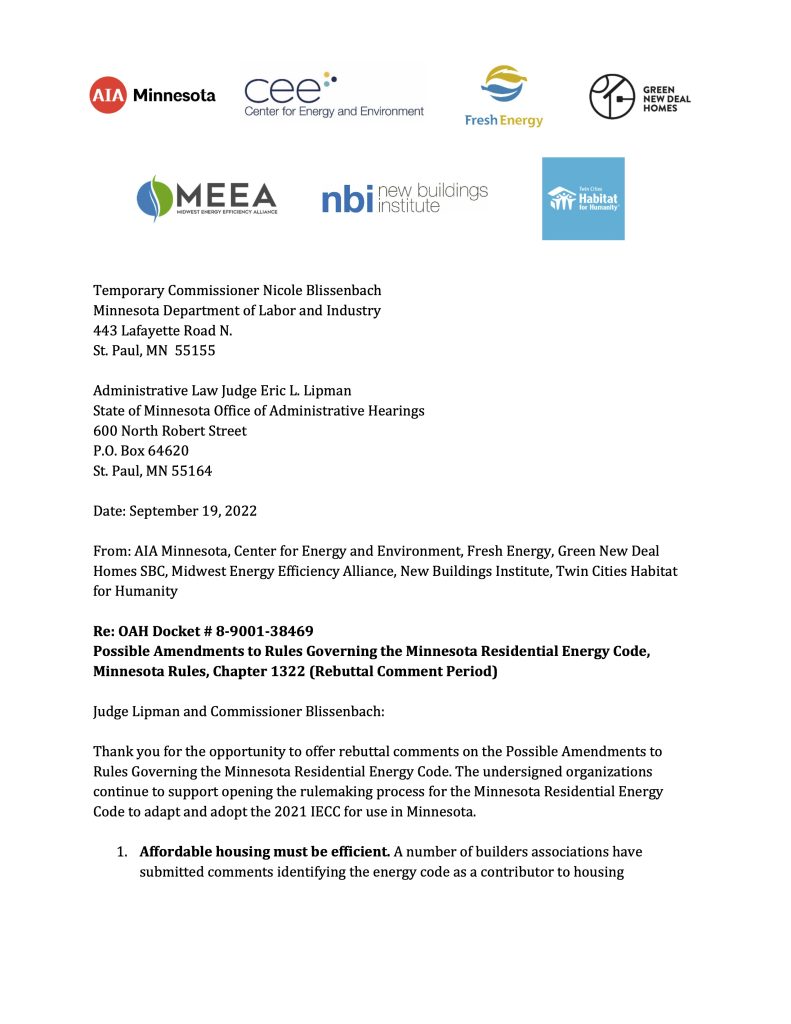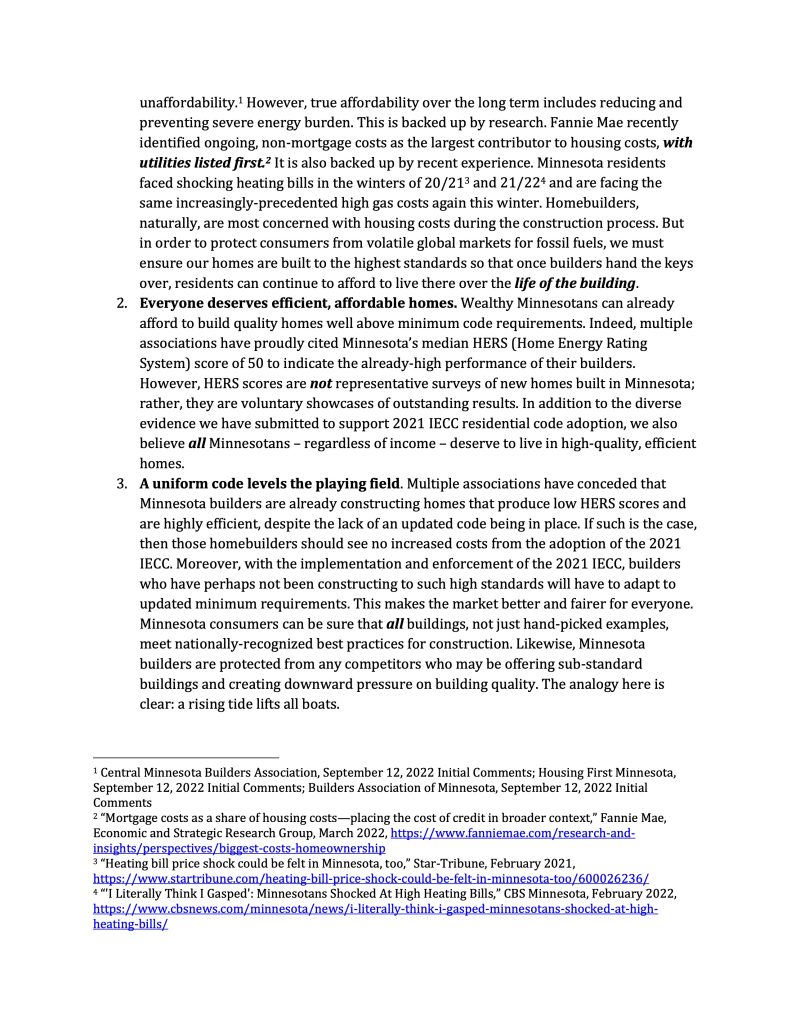Appendix F: How to Write a Formal Letter
In a world dominated by social media and email you may not have had much experience writing formal letters, but there are many times when a formal letter is exactly what is needed in the world of public policy. The purpose of a letter is to communicate information to a specific audience. Letters might be informative or persuasive, or a combination of both, depending on the circumstances. Most formal letters in public policy are relatively short (1 page is a good length for a letter).
The general format of a formal letter includes an address block, salutation, body, closing, and signature. The address block section will look different depending on whether or not you are using letterhead (paper that includes the name of your organization, your name, and your organization’s address).[1] I’ll describe how you would construct the letter’s address block if you weren’t using letterhead; if you have letterhead, you will just omit the sender’s address portion of the address block.
The address block begins in the top left corner of the page with the sender’s address (but not the sender’s name), with the street address on one line and the city, state, and zip code on the second line. Then skip one line and add the date the letter was written. Then skip another line and write the address of the recipient including their name, organization, street address, and city/state/zip code on separate lines. If the person has an official title or honorary title, you should include that before their name. All of the lines in the address block should be left justified (in line with the left side of the page) and single spaced (with the exception of the extra space before and after the date). Here’s an example of what an address block would look like if I were sending a letter to my senator, Amy Klobuchar:
800 W. College Avenue
St. Peter, Minnesota 56082
January 27, 2024
Honorable Senator Amy Klobuchar
United States Senate
425 Dirksen Senate Office Building
Washington, D.C. 20510
A common question for letter writers is about the title to use for recipients. In this example, I used “Honorable” before Senator Klobuchar. I could have also just used “Senator”. The title “Honorable” is appropriate for any presidential appointee, federal elected official, state elected official, or mayor. Don’t use that title for other county or city officials. If a person has a doctorate degree, you should use the title “Dr.” before their name. When writing to a man, you can always use “Mr.”, and “Ms.” is a safe choice if you are writing to a woman. If you don’t know the gender of the person and the person doesn’t have a title that would be appropriate to use, you can simply use the person’s name.[2]
Following the address block, you will skip one line and then include a salutation, or greeting. You should use the formal title and name that you used in the address block followed by a colon.
Dear Honorable Senator Amy Klobuchar:
Again, leave a space and then begin the body of your letter. My preference in formatting is to left-justify all of the paragraphs and leave one line of space in between each paragraph. You don’t have to indent each paragraph when using this format. An alternative is to indent each new paragraph but not leave a space in between paragraphs.
Your first paragraph should introduce yourself and state your reason for writing. It is important to be very clear and direct here because the person reading your letter is likely very busy. Try to keep your paragraphs relatively short to make it easier to read your letter. You generally won’t include footnotes or in-text citations in a letter, so if you are providing supporting evidence in your letter, you’ll want to embed the citation into the text. For example you might say, “According to a 2024 report from the U.S. Department of Health and Human Services…” Take the time to organize your argument in the body, just as you would do when writing a paper for a class.
At the end of the letter, leave a space following your final paragraph and include a closing (i.e. “Thank you,” “Best,” “Sincerely,” etc.) followed by a comma. Then leave four spaces and type your full name. The four spaces give you a place to sign your name after you print the letter. This closing block should also be left justified.
Sincerely,
Kate Knutson
You should use a professional font for your letter; Times New Roman, Ariel, or Garamond are all good choices and font size 11 or 12 work well.
Figure F.1: Letter written by Eric Fowler ‘13 encouraging an administrative law judge to open the rulemaking process for the residential energy code (which the judge ended up doing).



Tips for persuasive writing to an elected official
- Write to your own elected official. Legislators are less likely to pay attention to letters that come from people who aren’t their constituents. Be sure to clearly identify yourself as a constituent in your opening sentence and your return address should fall within the legislator’s district.
- Use your own words. Legislators receive lots of form letters. A personal letter is going to be more impactful than something that was obviously generated by an interest group or professional lobbyist.
- Include personal information that communicates how the issue you’re writing about impacts you, your family, or your community. Personal stories matter to legislators.[3]
- Tie your letter to a specific piece of legislation and send it at the appropriate time. You can write to a legislator about a general topic, but your letter will have more impact if you are writing about a particular bill (identify the bill by number) and at a point in the legislative process when the legislator could act on the bill (like when it is before the legislator’s committee or is soon to be up for a floor vote). Your letter should only focus on one topic or piece of legislation.
- Be brief. This is especially true when writing to legislators.
- Be aware of your audience. Is your legislator generally in support of the issue? If so, thank them for their support and use your letter to provide them with information they can use to continue their advocacy of the issue. Are they opposed to your issue? Give them 2-3 strong arguments why they should change their mind. Are they undecided? Pick the 2-3 strongest arguments in support of your position that might be persuasive to them given what you know about them.
- Be respectful and thank them for their time.
Tips for writing emails
Many federal elected officials solicit information from constituents through email or electronic submission forms. Sometimes these will only be open to actual constituents. Even though email is a little less formal, it is still important to be professional. As Pennock notes, “Almost nothing else you write professionally will establish your reputation like your email.”[4]
If you’re sending an email (or using an electronic submission form), most of the same rules apply, except that you won’t include an address block or date. You can start from the salutation just like you would with a formal letter.
Pennock reminds us that emails are very easy to share, so you should be careful about what you include. Also, when you are emailing for professional reasons, be professional. That means writing in full words and sentences, using proper punctuation, and avoiding emojis or gifs. You can save those for texts or social media posts.
[1] Marcia Avner, The Lobbying and Advocacy Handbook for Nonprofit Organizations: Shaping Public Policy at the State and Local Level (Minnesota: Fieldstone Alliance,2013).
[2] “FHWA Correspondence Manual – Appendix C,” U.S. Department of Transportation, accessed February 1, 2024, https://www.fhwa.dot.gov/legsregs/directives/orders/cm/appc.htm.
[3] “Writing Your Elected Representatives,” American Civil Liberties Union, accessed February 2, 2024, https://www.aclu.org/writing-your-elected-representatives.
[4] Andrew Pennock, The CQ Press Writing Guide for Public Policy (California: Sage/CQ Press, 2019), 235.

